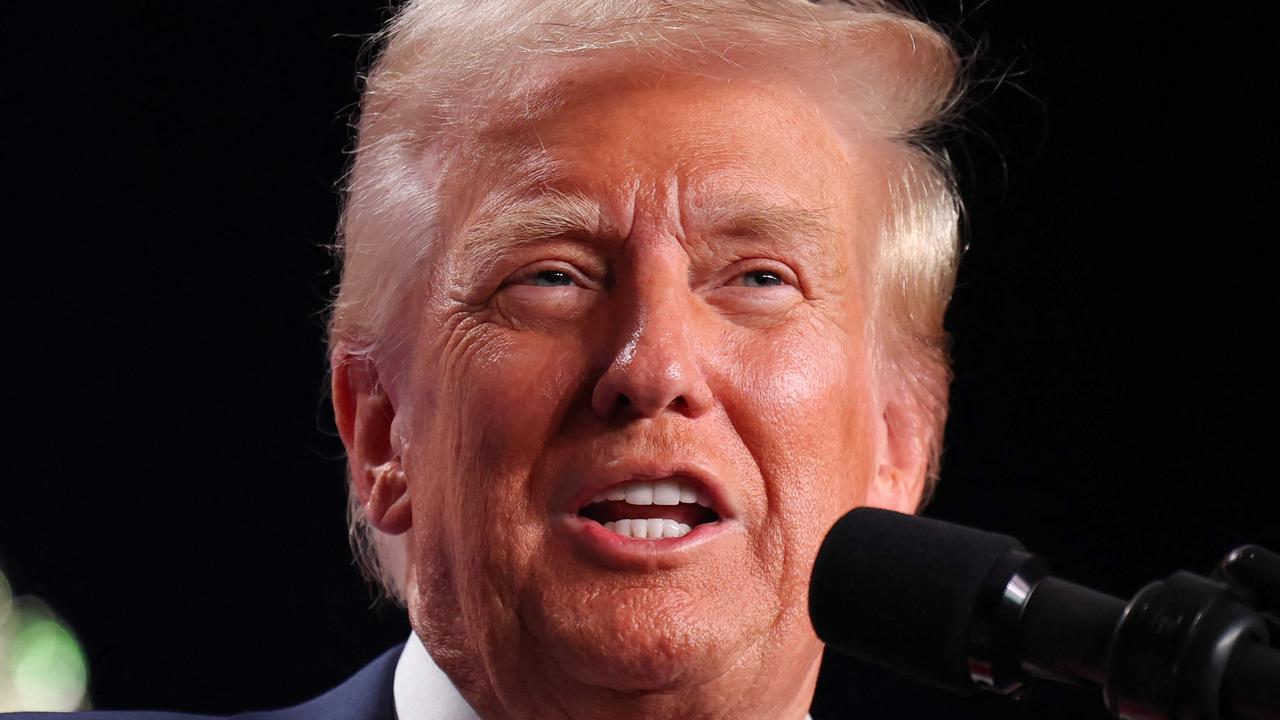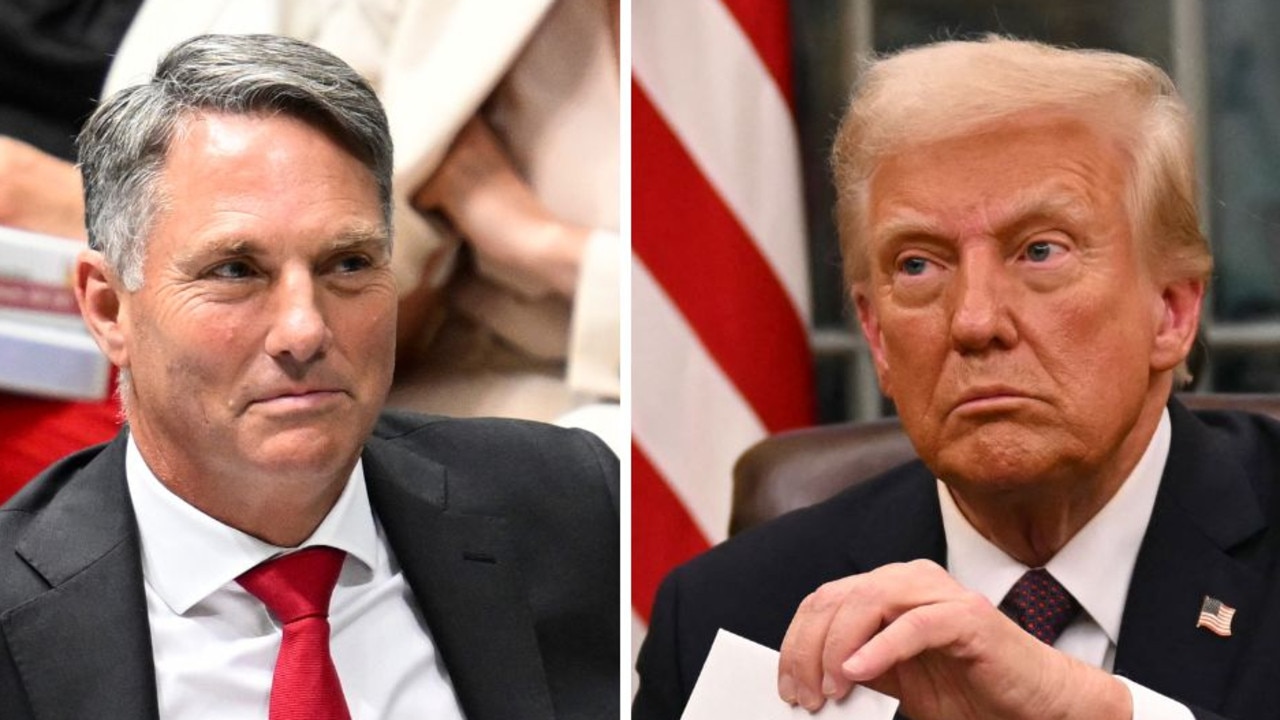Federal Reserve raises US interest rates by 75 basis points
Analysts are jittery that a recession could be on the way in the world’s biggest economy as the Federal Reserve once again raised interest rates
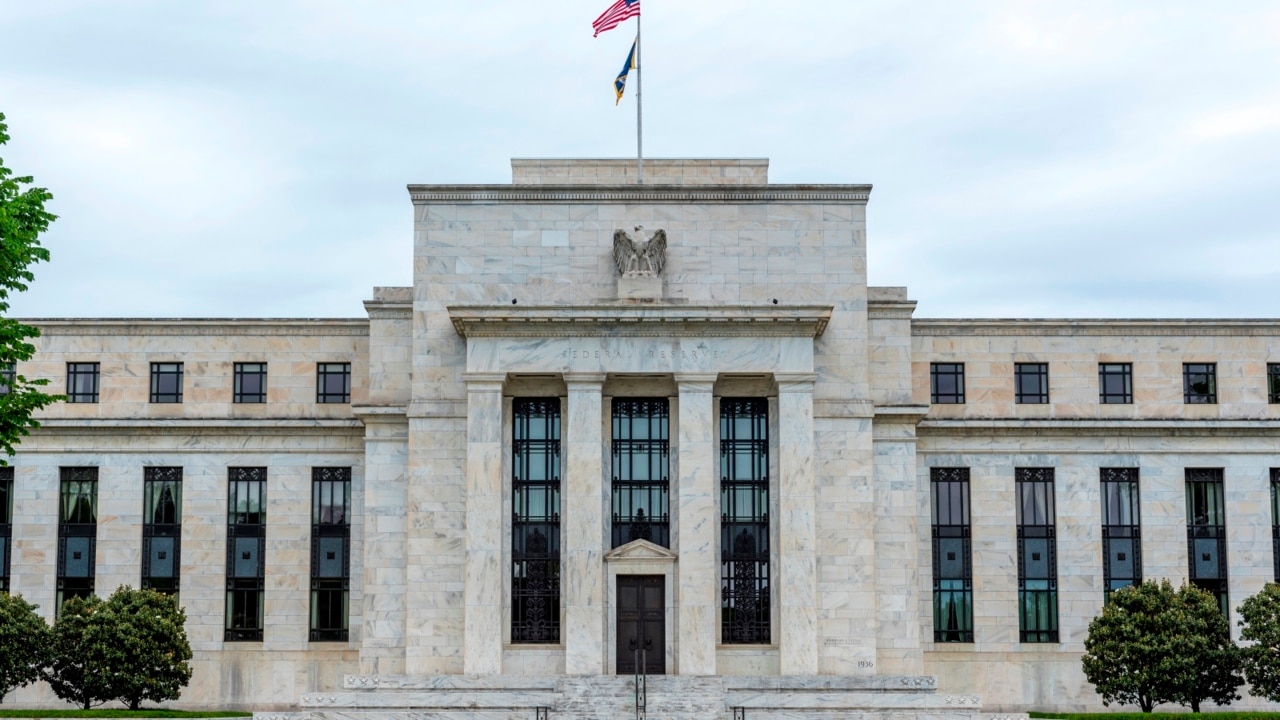
The US Federal Reserve on Wednesday again raised the benchmark interest rate by three-quarters of a percentage point in its ongoing battle to tamp down raging price pressures that are squeezing American families.
It was the second straight 0.75 per cent, or 75 basis point increase, and the fourth rate hike this year, as US central bankers move aggressively to cool the strongest surge in inflation in more than four decades, without derailing the world’s largest economy.
While the Fed noted signs that the US economy is slowing, it signalled plans to continue to increase borrowing costs.
President Joe Biden is facing political backlash for surging prices, which he has mainly blamed on the Russian invasion of Ukraine that has sent global food and energy prices soaring.
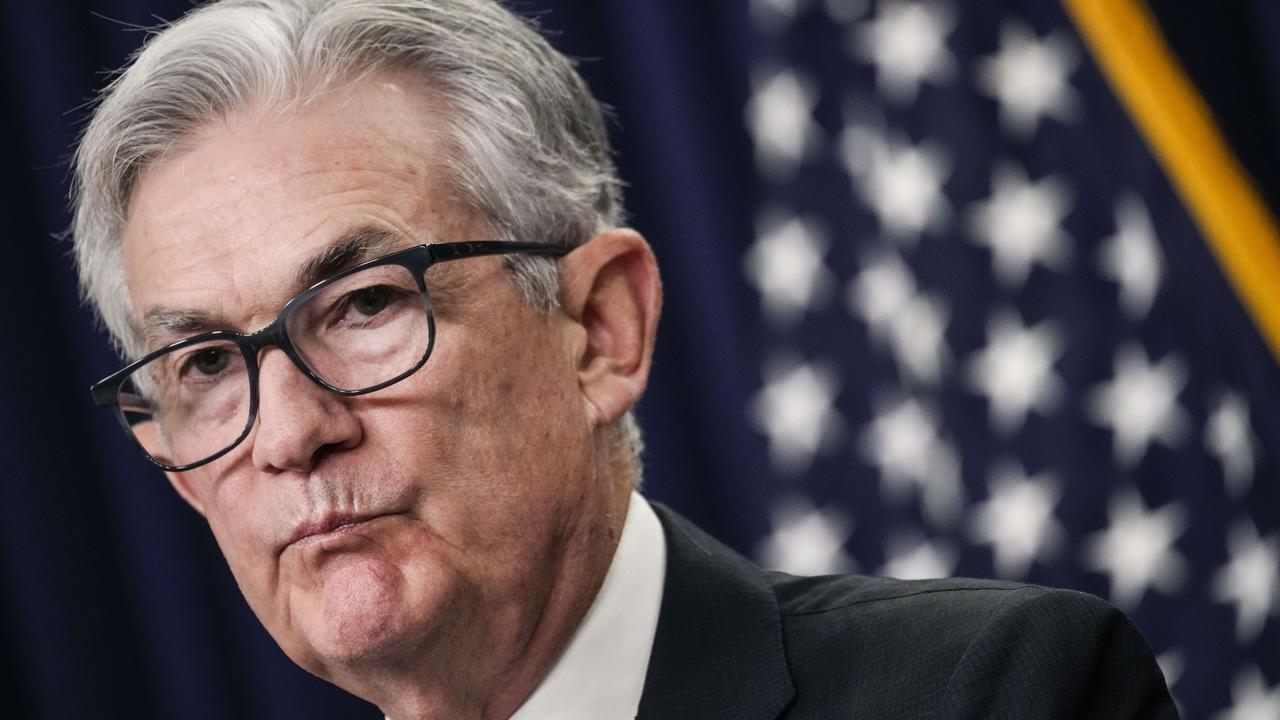
Mr Biden insists the US economy will avoid a recession, but even as his approval ratings have cratered, he has supported the Fed in its battle to quell inflation.
Fed Chair Jerome Powell and others have made it clear they are willing to risk a downturn and will keep raising interest rates until they see solid evidence that inflation is moving back towards the two per cent goal.
In a vote that was unanimous — unlike the decision made in June — the policy-setting Federal Open Market Committee (FOMC) raised the policy lending rate to a range of 2.25 to 2.5 per cent, after starting the year near zero.
“Recent indicators of spending and production have softened,” the FOMC statement said.
But “inflation remains elevated, reflecting supply and demand imbalances related to the pandemic, higher food and energy prices, and broader price pressures,” the statement said, adding that it expects ongoing rate increases “will be appropriate.”
Today the Federal Reserve enacted its second consecutive 0.75 percentage point interest rate increase — its most aggressive push in three decades.
— Robert Reich (@RBReich) July 27, 2022
Rate hikes will force millions of Americans into joblessness and make families poorer.
It’s the last thing we need right now.
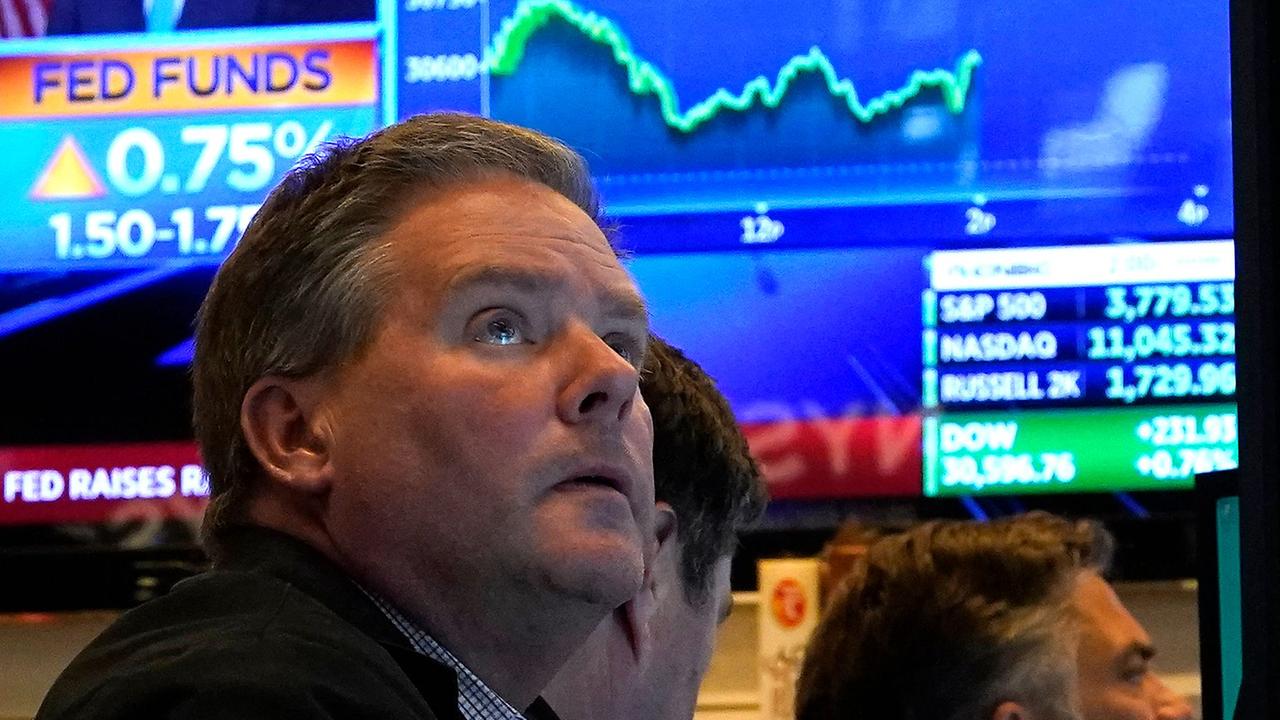
Economists say this has been the most aggressive Fed tightening cycle since the 1980s, when stagflation — a wage-price spiral and stagnant growth — crippled the US economy.
The challenge for policymakers is to quell inflation before it becomes dangerously entrenched without sending the world’s largest economy into a recession that would reverberate around the globe.
Mr Powell has argued that the US economy is on solid footing and able to withstand the rate increases, and Wednesday’s statement noted that “job gains have been robust in recent months, and the unemployment rate has remained low.”
But the FOMC also made clear it is “strongly committed to returning inflation to its two per cent objective” — and prepared to do more if that goal is threatened.
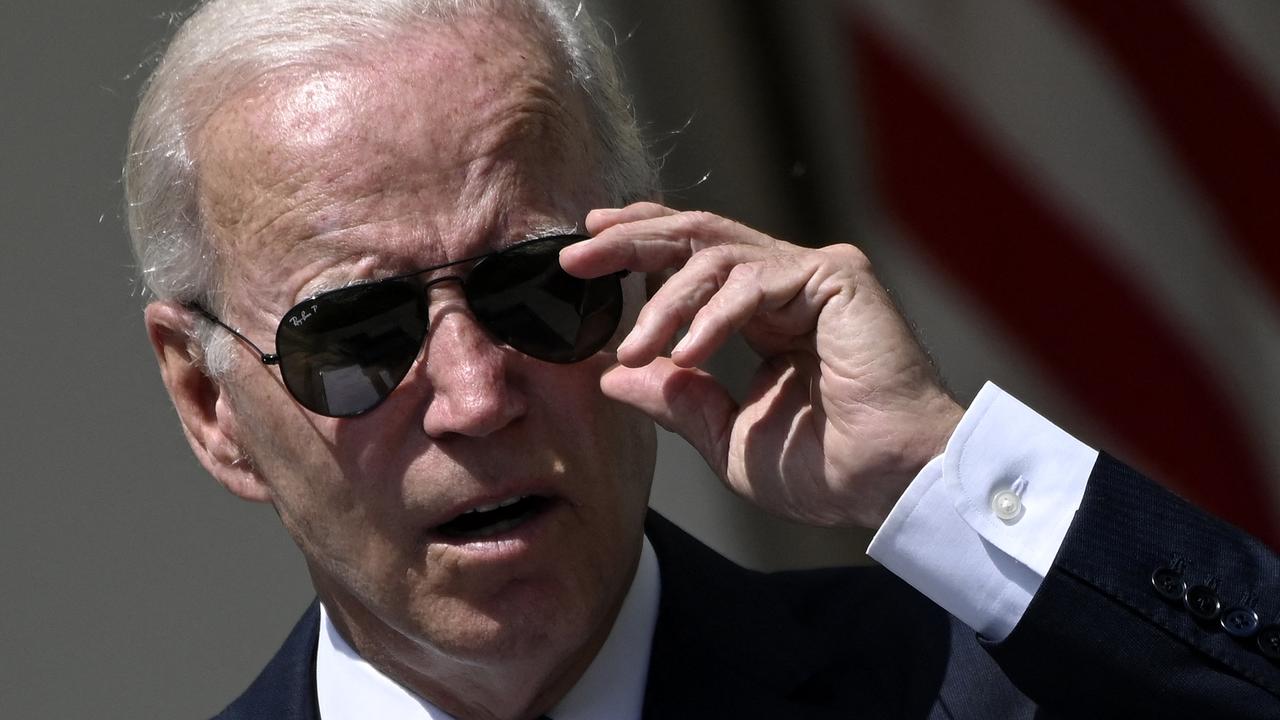
Recession risk
Policymakers seemed to acknowledge that some factors are beyond their control. “Russia’s war against Ukraine is causing tremendous human and economic hardship. The war and related events are creating additional upward pressure on inflation and are weighing on global economic activity,” the statement said.
While prices have continued to rise, with home prices hitting a new record, rising mortgage rates have slowed housing sales for five straight months.
But global oil prices are trending down, with the US benchmark WTI falling below US$95 (A$136) a barrel from a peak of more than US$123 (A$176) a barrel in March, and gasoline prices at the pump have fallen more than 70 cents from the record of just over US$5 (A$7.15) a gallon in mid-June.
Meanwhile, the job market has remained strong, and surveys show inflation expectations in the months ahead have started to trend lower.
Policymakers want to engineer a “soft landing,” taming inflation without causing a downturn, but economists warn they face an increasingly narrow path to success and it would be easy to overshoot by being too aggressive.
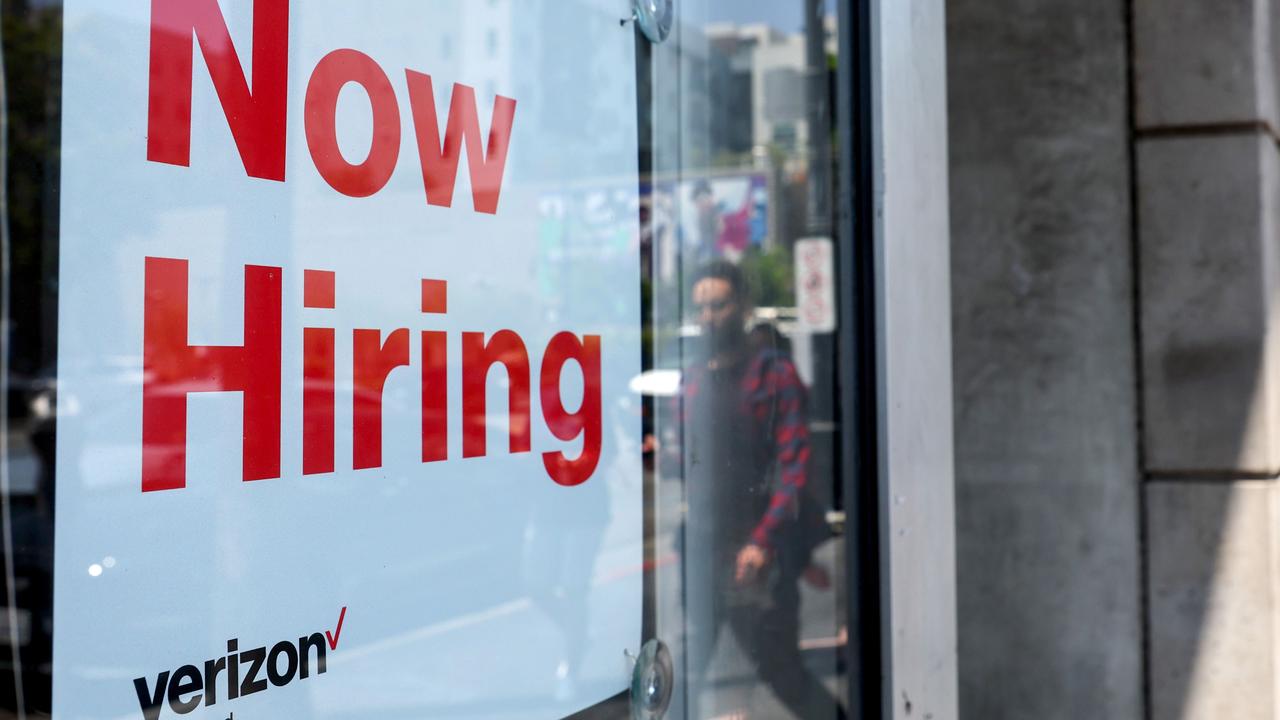
GDP in the first quarter contracted 1.6 per cent, and the first reading on the April-June period is due out on Thursday.
Though the consensus forecast calls for modest growth, many economists expect a downturn.
Two quarters of negative growth are generally considered a sign the economy is in recession, although that is not the official criteria.
“The Fed is now stuck between a rock and a hard place, with no easy way out without the economy feeling pain,” KPMG chief economist Diane Swonk said in an analysis, noting that “Powell has started to underscore that reality by admitting a recession could occur.”
“Brace yourself,” Ms Swonk said on Twitter, likening the surge in inflation to a cancer that will spread if left untreated.
She said the benchmark interest rate likely will have to rise to a range of 3.75-4.0 per cent, which would mean another 150 basis points of increase in coming months.


